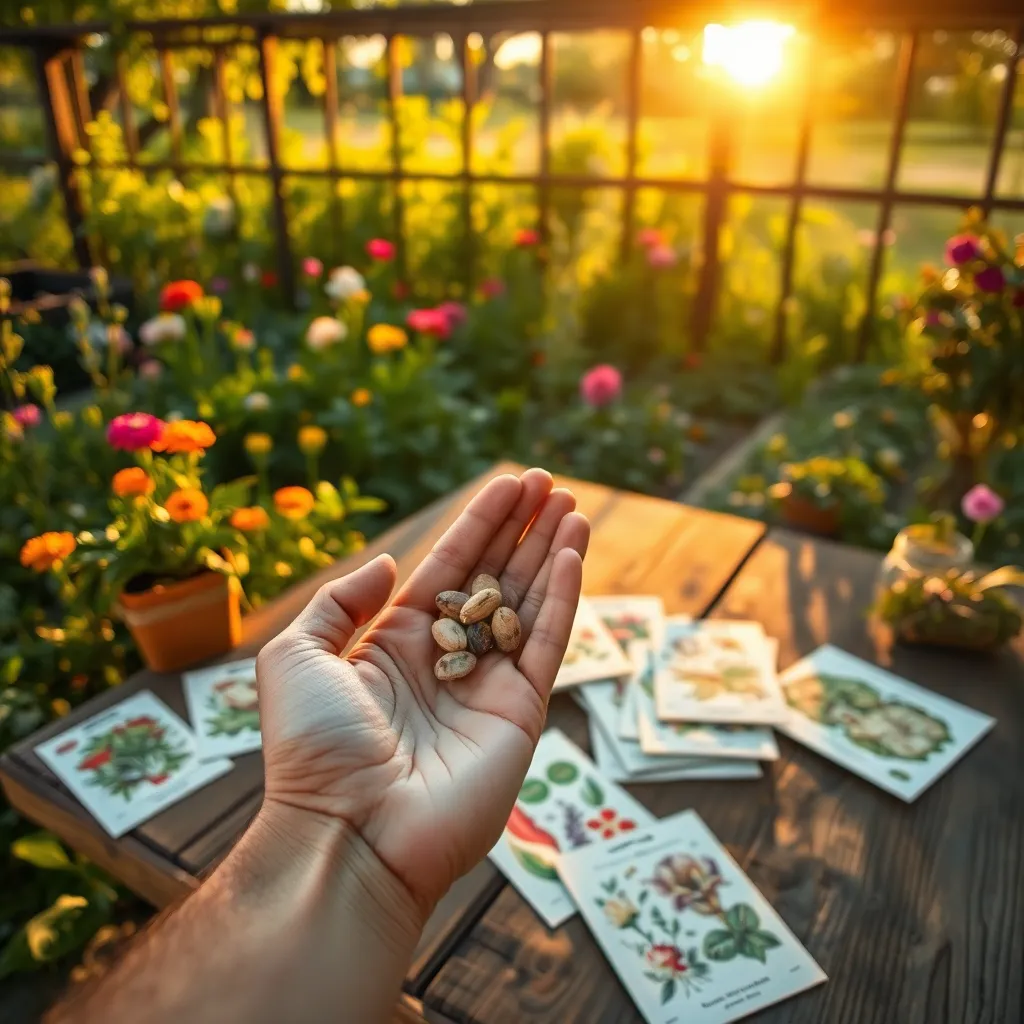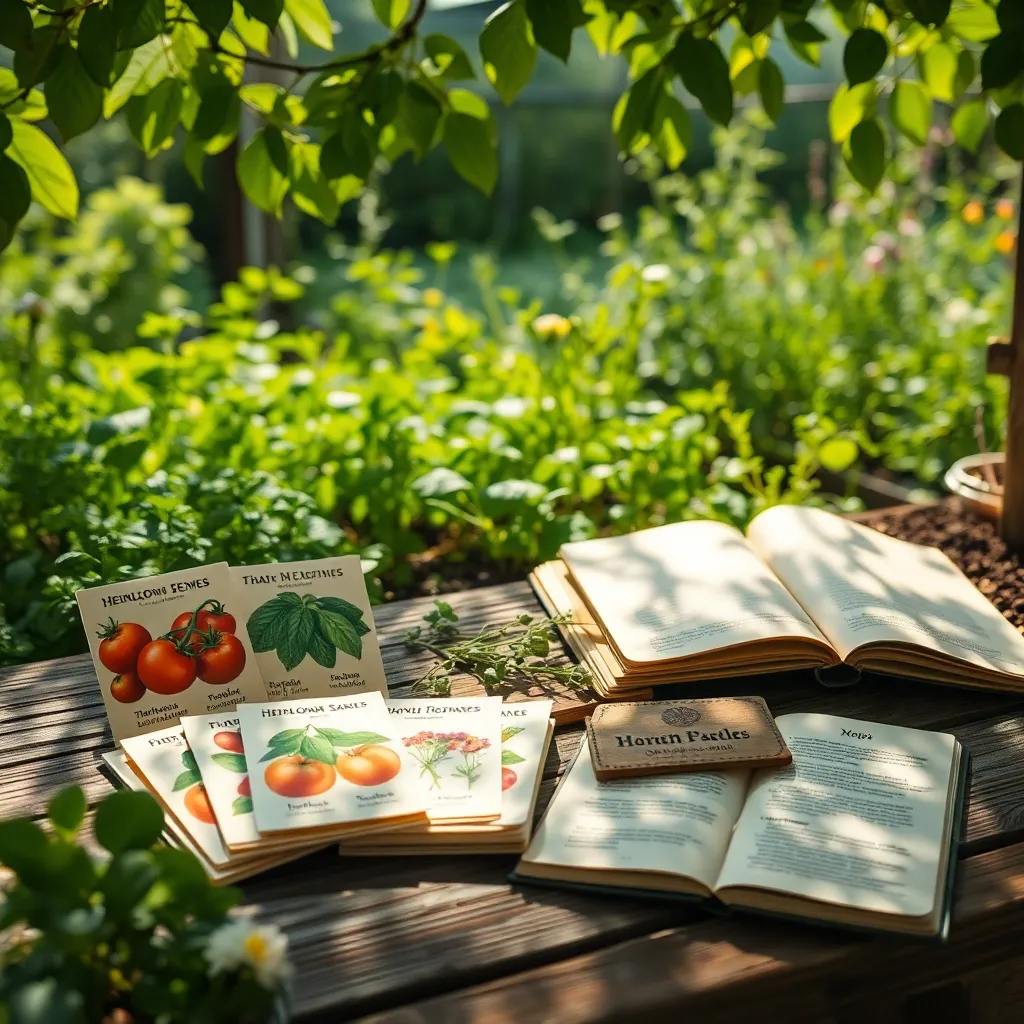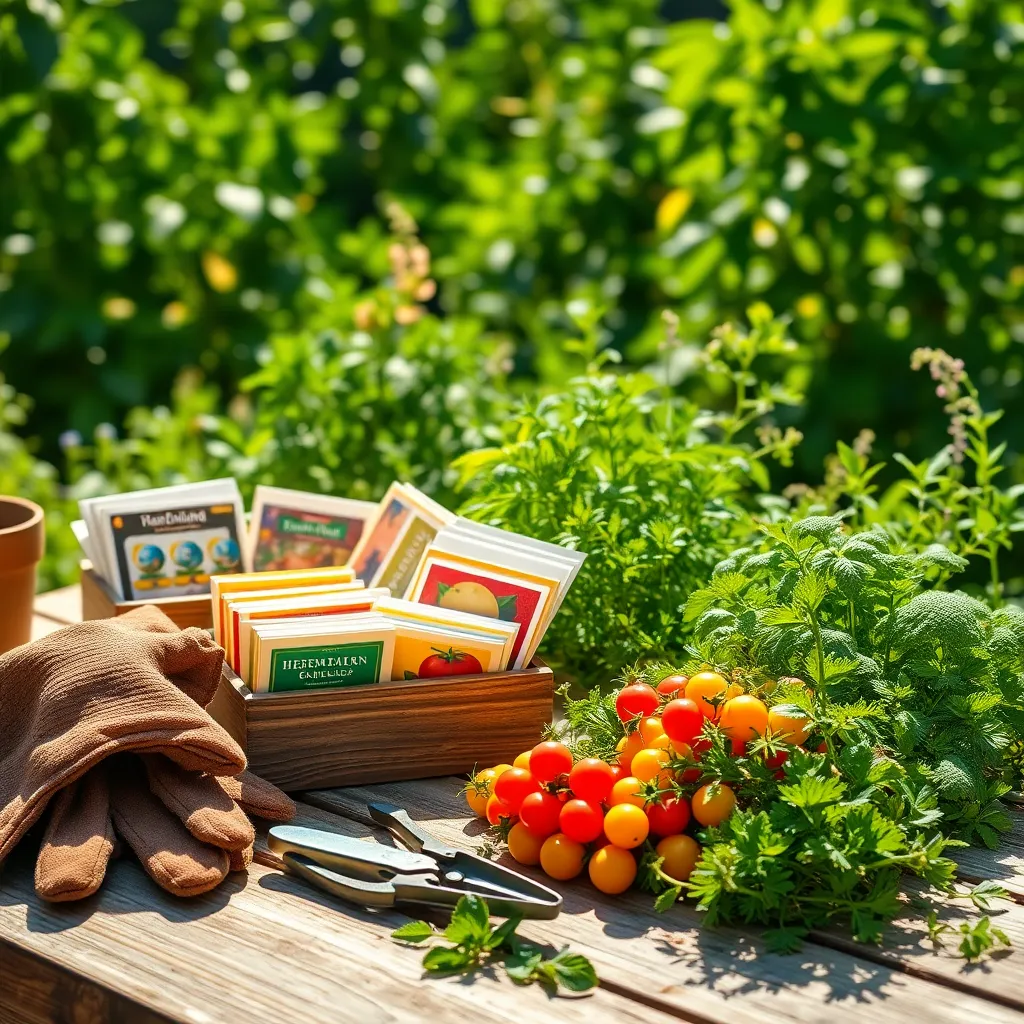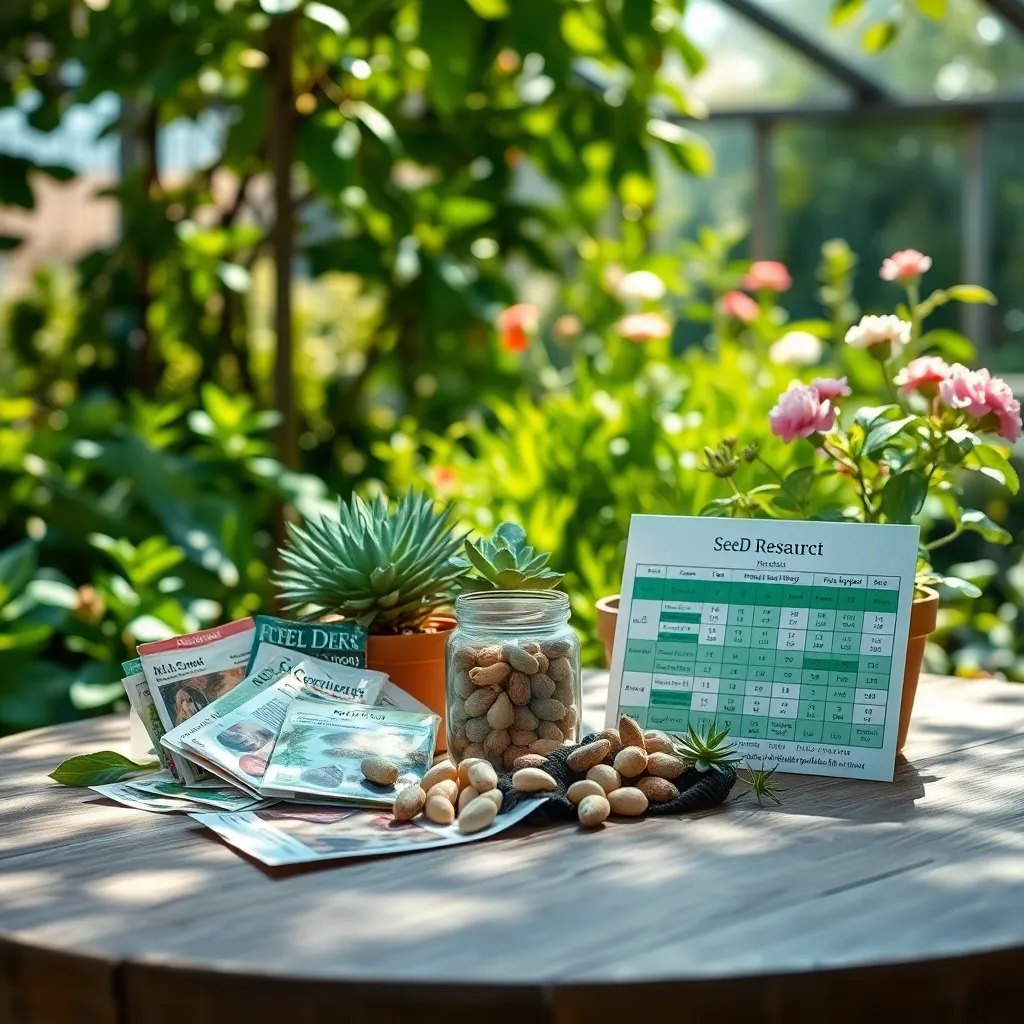Gardening is a delightful dance with nature, and whether you’re just starting out or have been tending your garden for years, the journey begins with seeds. The quality of these tiny powerhouses can spell the difference between a flourishing garden and one that struggles to thrive. Just as a chef relies on the best ingredients to create a culinary masterpiece, a gardener depends on high-quality seeds to nurture a vibrant, healthy garden.
Understanding how to identify good quality seeds is crucial for both first-time growers and seasoned horticulturists. In this article, you’ll discover the telltale signs of seeds that promise robust plants, from packaging clues to simple tests you can conduct at home. By learning to select seeds with confidence, you’ll be setting the stage for a garden that’s both bountiful and beautiful.
You’ll also gain insights into the most reliable sources for procuring these premium seeds, ensuring that your gardening efforts are rewarded with lush growth and colorful blooms. Whether you’re planning a vegetable patch or a flower bed, mastering the art of seed selection will empower you to cultivate your gardening visions with ease and success. So, let’s embark on this journey to unlock the secrets of seed quality, and watch your garden dreams come to life.
Examine Seed Appearance Closely

When assessing seed quality, start by examining the surface texture and color. Healthy seeds typically exhibit a uniform color and smooth surface, indicating maturity and proper storage.
Next, consider the size and shape of the seeds, which can vary depending on the plant species. However, seeds should be consistent in size and free from deformities, as irregular shapes can signal poor development.
Another important factor is the seed’s firmness. Gently squeezing seeds between your fingers should reveal a firm texture, as soft or brittle seeds often indicate damage or potential viability issues.
Finally, check for any signs of mold or spots on the seeds, which can be detrimental to germination. Clean, blemish-free seeds are more likely to sprout successfully, so discard any that appear discolored or diseased.
Check Seed Viability with Water

Checking seed viability with water is a simple and effective method to ensure your seeds are ready for planting. To start, gather your seeds and a clear container of water, allowing you to observe the results easily.
Begin by placing the seeds in the water, ensuring they are fully submerged. After about 15 minutes, take note of the seeds that remain floating, as these are typically non-viable.
Seeds that sink are likely viable and ready to grow, but it’s wise to conduct a germination test to be certain. To enhance accuracy, perform this test on a small batch of seeds before committing your entire supply.
For gardeners with larger seed collections, consider using this method to prioritize planting seeds with the highest viability. This approach helps maximize your garden’s productivity by focusing on the healthiest seeds.
Review Seed Source Credibility

When assessing the credibility of a seed source, it’s important to start by researching the company’s history. Look for customer reviews and testimonials that highlight consistent results and satisfaction with seed quality.
Another effective method is to verify if the seed supplier is part of any recognized horticultural organizations. Membership in groups such as the American Seed Trade Association can indicate a commitment to quality standards and ethical business practices.
Check if the seed packets include detailed information such as germination rates and planting instructions. Transparent labeling is a good sign that the company values informed and successful gardening experiences.
Experienced gardeners recommend purchasing seeds from local sources when possible. This ensures that the seeds are more likely to be adapted to your regional climate and soil conditions, improving the chances of successful growth.
Inspect Packaging for Freshness

Before you purchase seeds, it is crucial to inspect the packaging for signs of freshness. Look for a clearly printed packaging date or expiration date, as these indicate how long the seeds are expected to remain viable.
Check if the packaging is intact and free from moisture damage, which can compromise seed quality. A well-sealed packet keeps seeds dry and protected from environmental changes that can affect germination rates.
For those looking to maximize planting success, opt for seeds that are packaged in foil or airtight pouches. These types of packaging offer superior protection against humidity and pests, ensuring your seeds remain in optimal condition until planting.
Advanced gardeners might consider purchasing seeds in bulk from reputable suppliers, focusing on packaging that includes specific storage instructions. Proper storage, such as keeping seeds in a cool, dark place, can extend their viability even beyond the provided date.
Research Seed Germination Rates

Understanding seed germination rates is crucial for determining the success potential of your garden. Germination rate refers to the percentage of seeds that successfully sprout under optimal conditions. Knowing this rate helps gardeners plan how many seeds to sow to achieve the desired number of plants. For example, if a seed packet indicates a 70% germination rate, consider sowing extra seeds to ensure a full crop.
Begin by checking seed packets or supplier information for germination rates. Reputable suppliers often test their seeds and provide these rates to guide your planting decisions. If this information is not available, consider conducting a simple germination test at home. This test involves placing a small number of seeds on a damp paper towel, keeping them warm and moist, and observing how many sprout over a set period.
Conducting a germination test can be a simple yet effective way to gauge seed quality. Use a transparent container or a resealable bag to maintain humidity, and place it in a warm area such as on top of a refrigerator. Check the seeds daily and record the number of seeds that germinate within the expected time frame, usually between 7 to 14 days for most varieties. This hands-on approach gives you an accurate picture of your seeds’ viability before planting.
For experienced gardeners, understanding factors that affect germination rates can lead to more successful planting. Environmental conditions like temperature and moisture significantly influence germination. Most seeds prefer temperatures between 60-75°F (15-24°C), with consistent moisture levels to trigger growth. Adjusting conditions such as providing heat mats or humidity domes can improve germination rates, especially for seeds known to be finicky.
Conclusion: Growing Success with These Plants
In nurturing a thriving relationship, identifying good quality “seeds” is essential. We’ve explored five key concepts to cultivate a flourishing partnership: 1) mutual respect as the foundation, 2) clear and open communication to foster understanding, 3) emotional availability to deepen connection, 4) shared values to align your paths, and 5) commitment to growth and adaptation. These elements serve as the seeds you plant in the fertile soil of your relationship to bloom into a beautiful, enduring bond.
As a next step, consider initiating a heartfelt conversation with your partner about these concepts and assess where you both stand. This dialogue can illuminate areas to nurture and strengthen your relationship further.
Remember, the journey of love is ever-evolving, and having a reliable resource at your fingertips can make all the difference. Be sure to bookmark this article to keep these vital insights within reach, empowering you to revisit and reinforce them as needed.
As you move forward, envision your relationship flourishing with these seeds of wisdom, guiding you toward a future filled with love, understanding, and shared happiness. Embrace the opportunity to actively shape the love you desire, and watch it grow into something truly extraordinary.

